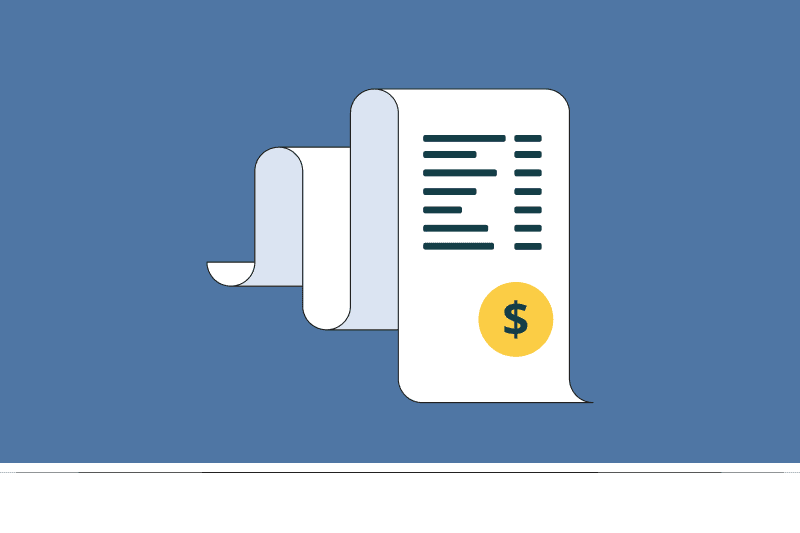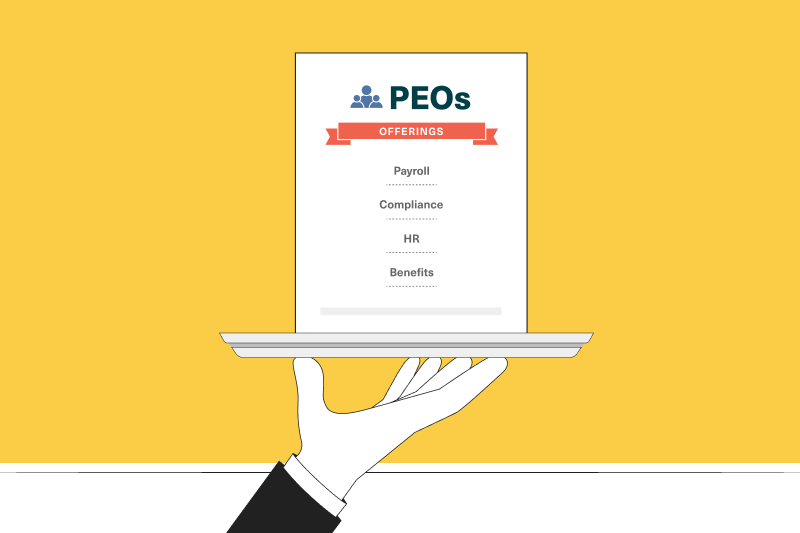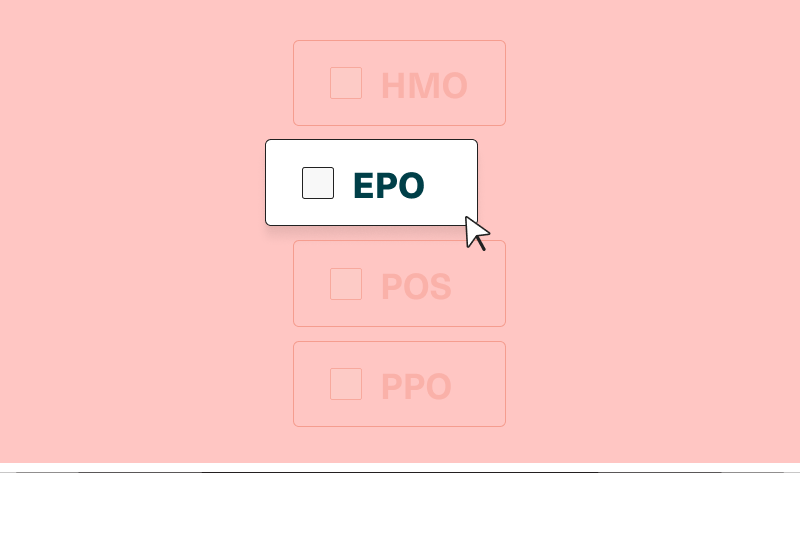How much does small business health insurance cost in 2022?

Small businesses with fewer than 50 employees are not legally required to offer health insurance to employees and their families. However, because U.S. workers have come to expect health insurance as part of full-time employment benefits, many small employers feel pressure to provide it if they want to attract top job candidates and retain high-performing employees.
A 2021 survey of small business owners across the U.S. revealed just how burdensome the rising cost of employer-sponsored health insurance can feel for small businesses:
- 55% of respondents cited the cost of providing health insurance to employees as the biggest challenge they face.
- 50% of respondents offered employee health insurance — 50% did not.
- 76% of those who did not offer it cited cost as the reason.
- 53% of those who did offer it had considered dropping it due to rising costs.
Based on those statistics, it is evident that the cost of insurance for small business can be prohibitively high. But what do those small business health insurance costs actually look like? Let’s break it down.
How much is insurance for a small business?
How much is insurance for a small business?According to the Kaiser Family Foundation’s (KFF) 2021 Employer Health Benefits Survey, the average annual premiums — i.e., the annual amount paid to an insurance company in exchange for health coverage — for employer-sponsored health insurance are:
- $7,739 for an individual
- $22,221 for a family
Those numbers represent a 4% increase from the previous year, a 22% increase over five years, and a 47% increase over ten years.
Those numbers are also an average of what small and large businesses pay, but the disparity in premiums between the two categories is relatively minor. The KFF defines small firms as having 3 to 199 employees. The average annual health insurance premiums specifically for small firms are:
- $7,813 for an individual
- $21,804 for a family
How much do employers pay for health insurance?
How much do employers pay for health insurance?While some employers cover the entire cost of their employees’ health insurance premiums, most covered workers pay a portion of the cost of the premium for their coverage. On average, covered employees at small firms contribute 17% of the premium for single coverage and 37% for family coverage. The employer covers the rest.
Given the average annual premiums for small firms listed above, small businesses pay the following in premiums each year, on average:
- $6,485 for each covered individual
- $13,737 for each covered family
That being said, it is common for small businesses to offer at least one lower-cost plan for which they can cover the entire premium for single coverage. 29% of covered workers in small firms are enrolled in such a plan.
How can small employers cut health insurance costs?
How can small employers cut health insurance costs?There are many avenues small employers can choose to access health insurance for their employees. But they are not all created equal — some are pricier than others! We’ve pulled together a few cost-saving tips to help you offer affordable employee health benefits without sacrificing quality.
3 tips for cutting small business health insurance costs
3 tips for cutting small business health insurance costs1. Self-funded plans with level funding
Look for insurers who offer self-funded health plans with level funding.
On self-funded plans, employers only pay for the healthcare their employees actually use. This is in contrast to fully funded plans, on which employers pay an insurance company a predetermined amount to take on the financial risk of paying for any and all healthcare their employees might use. The price insurers charge for taking on that risk is often highly inflated to account for worst-case scenarios.
That’s why self-funding is theoretically cheaper… unless your employees suddenly have to use a ton of expensive healthcare you weren’t budgeting for. That’s where level funding comes into play. Level funding places a cap on the amount employers are required to pay for healthcare claims in a given year. If claims go over that level, stop-loss insurance kicks in to cover them.
Self-funded plans with level funding eliminate both the markups of fully funded plans and the risk of being on the hook for exorbitant claims.
2. Fair-value reimbursement (FVR)
Look for insurers who use FVR.
FVR is an alternative to legacy care pricing methods. The FVR model pays providers based on an established benchmark, such as Medicare reimbursement rates or the provider’s reported costs, so that healthcare providers cannot arbitrarily determine inflated fees. This helps keep claims costs lower and more predictable over time.
Fully funded plans make FVR difficult to incorporate, so it is more common to find it offered by self-funded (and level-funded) plans.
3. Transparent pharmacy benefits managers (transparent PBMs)
Look for insurers who work with transparent PBMs.
A PBM is a third-party service that serves as the liaison between health insurers and pharmacies/drug manufacturers. PBMs negotiate drug rates and manage distribution on behalf of insurers, which theoretically makes prescriptions more affordable and accessible for the members on those insurers’ health plans.
However, in reality, poor regulation in the U.S. pharmaceutical industry makes it easy for PBMs to increase costs across the pharmaceutical supply chain for their own gain. That’s why it is important to check that your insurer’s PBM is transparent, meaning they pass through all discounts and rebates to the health insurance company. Transparent PBMs earn revenue only through a set administrative fee charged to the insurer.
At Sana, we offer level-funded plans, we use FVR, and we partner with a transparent PBM called SmithRx — so that we can offer dependable small business health insurance at the lowest possible prices.
Want to see how much you could save on employee health insurance? Get your small business quote here.






